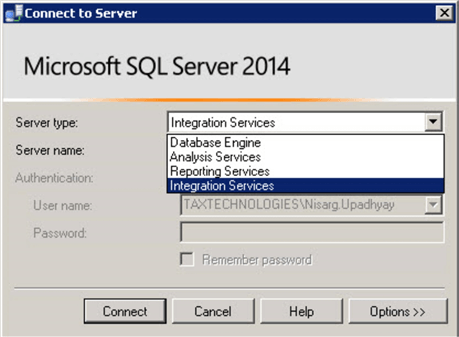

This includes all users/devices who indirectly access the instance through other applications (multiplexing), not just the ones who directly log into the database.įor Server CAL licensing, most Microsoft customers who I have worked with struggle to monitor who can access the specific SQL instances. Server+CAL (Client Access Licence): Organisations are required to license the SQL Server installation, plus all the users/devices who can access the instance.Core Licence Metric: Organisations apply a SQL Server licence to the cores of the SQL Server instance or physical host.Microsoft SQL Server currently has two options for licensing metrics available to customers. In this article I will cover the licensing basics for Microsoft SQL Server, make recommendations for how to optimise SQL Server installations, and discuss how to ensure SQL Server installations are treated fairly in a Microsoft Audit. I have worked with hundreds of organisations to review their Microsoft licensing estate or to defend against a Microsoft audit and there is almost always room for improvement when it comes to SQL Server. The high cost also makes SQL Server a prime candidate for organisations who are looking to save money by finding more efficient ways of licensing their software and optimising their deployments. SQL Server, particularly Enterprise Edition, is one of the most expensive Microsoft products, meaning any installation can be a cause of concern in the event of a Microsoft audit. Log into Management Studio and the user you created should be listed under logins with the credential of "sysadmin.Ensuring Microsoft SQL Server is deployed correctly and cost-effectively is a real challenge for IT leaders and Software Asset Managers. Now restart it from services the normal way. Now Ctrl+C the single-user mode from the first cmd window to kill SQL Server. Type -> sp_addsrvrolemember 'domain\user', 'sysadmin' Type-> "c:\Program Files\Microsoft SQL Server\MSSQL10.SQLEXPRESS\MSSQL\Binn\sqlservr.exe" -m -s SQLEXPRESS (or your path) Open cmd window (as admin) and run single-user mode as local admin with this command: This worked for me but then I had rights/logon issues, the following resolved it for me : Here. You can also download a 'tutorial' for using Management Express You will find this easier to do if you were to download and install the SQL Server Management Studio Express. Detach the database, move the two files to the new location, and then reattach the database.


 0 kommentar(er)
0 kommentar(er)
